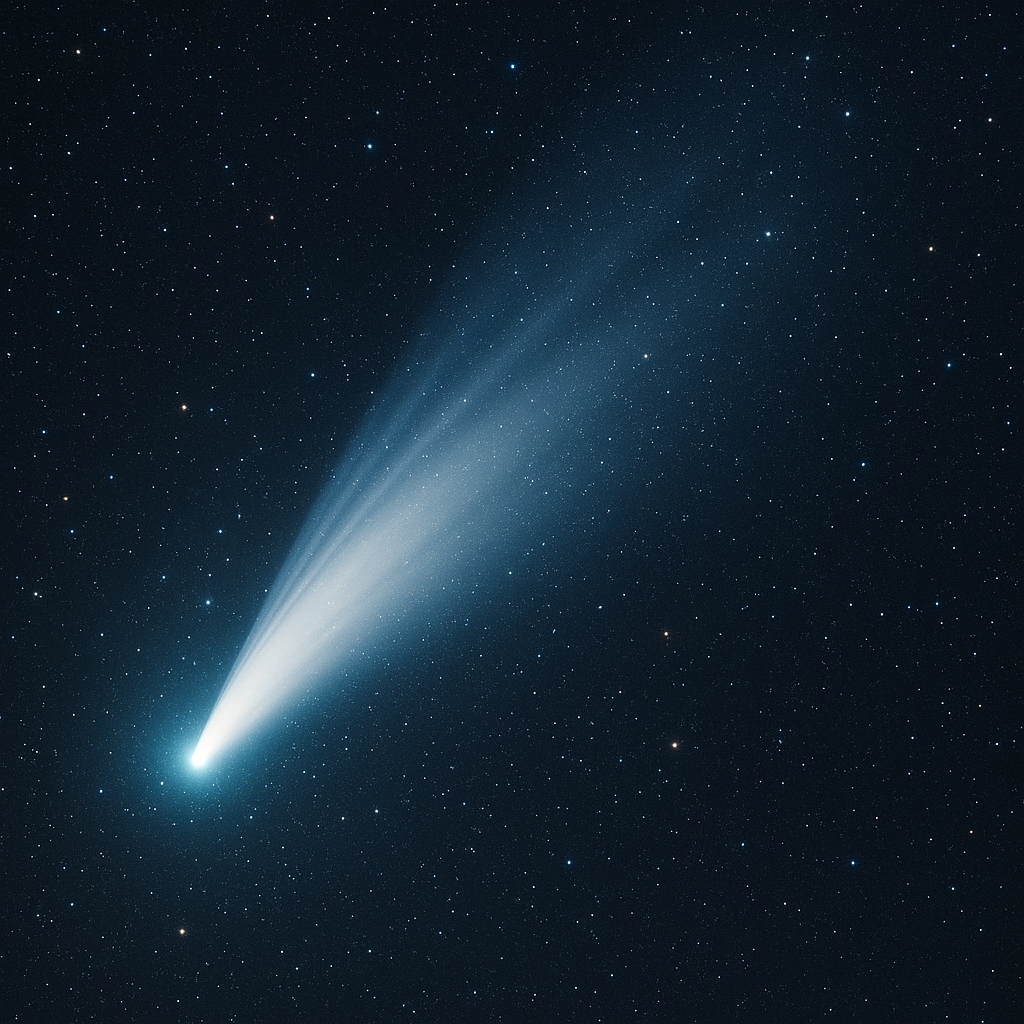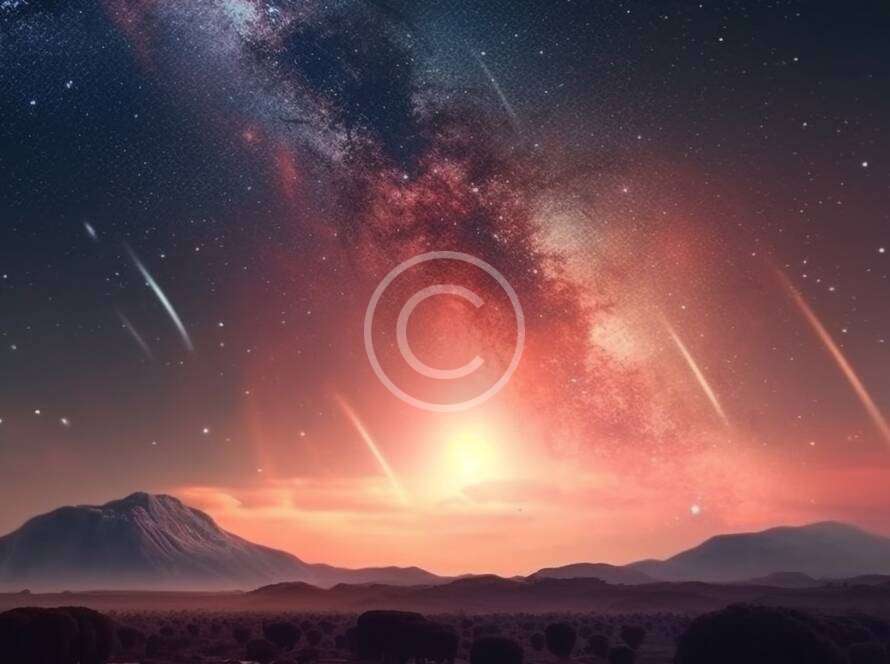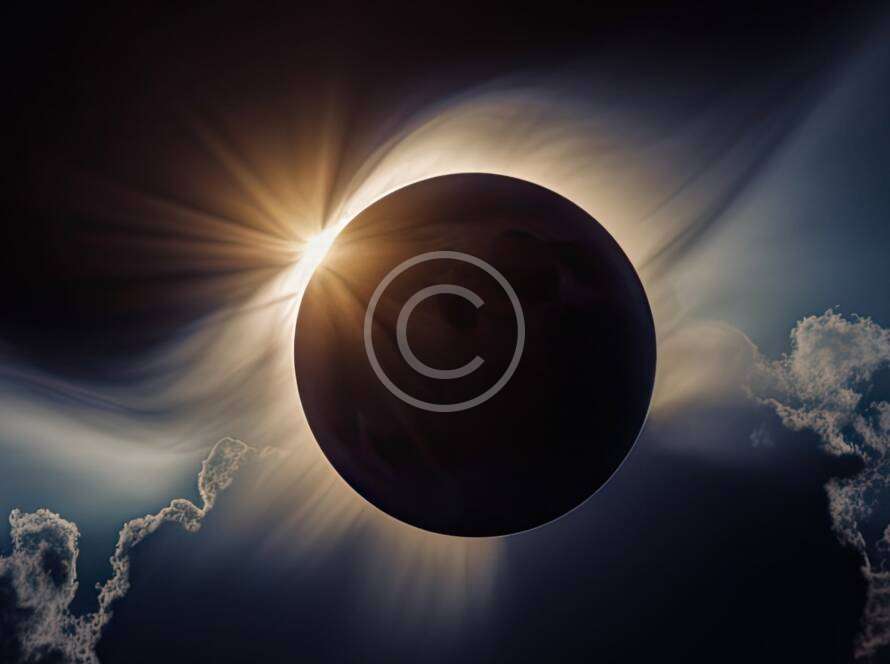Introduction
Every so often, the universe gifts us a rare and awe-inspiring event that unites skywatchers around the globe: the passing of a famous comet near Earth. These cosmic wanderers—icy relics from the early days of the solar system—dazzle observers with brilliant tails and mystique. Whether you’re an experienced astronomer or a curious stargazer, witnessing a comet’s close approach is an unforgettable experience.
In this article, we’ll explore what comets are, why they capture human imagination, how to observe them, and details about the most famous comets passing close to Earth in modern history. We’ll also share expert tips for watching comets with the naked eye or telescope, and highlight how this rare event affects science, mythology, and culture. Let’s dive into the cosmic story of one of the most spectacular sky shows of the decade.


🌠 What Are Comets?
Comets are icy celestial bodies that orbit the Sun, made of rock, dust, and frozen gases. When they approach the inner solar system, solar radiation causes them to release gas and dust, forming a glowing coma and a spectacular tail that can stretch for millions of kilometers.
Most comets originate from two distant regions of the solar system:
- The Kuiper Belt, just beyond Neptune
- The Oort Cloud, a vast shell of icy bodies surrounding the solar system
When their orbits are perturbed by gravity (often from Jupiter), they are thrown into elongated paths that bring them closer to the Sun—and sometimes near Earth.
🌍 Famous Comets That Have Passed Close to Earth
Throughout history, humanity has witnessed many famous comets. Here are a few that stand out:
1. Halley’s Comet
- Next expected appearance: 2061
- Last perihelion (closest approach to Sun): 1986
- Orbit period: ~76 years
Halley’s Comet is perhaps the most famous comet in human history. It has been recorded since 240 BC and appears roughly once every 75-76 years. It’s the only known short-period comet visible to the naked eye.
2. Comet NEOWISE (C/2020 F3)
- Visible: July 2020
- Best viewed from: Northern Hemisphere
- NEOWISE became a viral sensation during the pandemic lockdown, easily visible even without a telescope. Its glowing trail made it one of the most photographed comets of the 21st century.
3. Comet Hale–Bopp (C/1995 O1)
- Visible to the naked eye for: 18 months
- Peak brightness: 1997
Hale-Bopp was incredibly bright and easy to see, staying visible longer than any other comet in recorded history.
4. Comet Leonard (C/2021 A1)
- Closest to Earth: December 2021
Though brief, Leonard offered a breathtaking display for viewers worldwide, and was dubbed the “Christmas Comet” of 2021.
🔭 How to Watch a Comet Passing Earth
When a comet is passing Earth, there’s a limited window to catch the show. Here are 5 essential tips to make sure you don’t miss it:
1. Know the Timing
- Use astronomy apps (e.g., Stellarium, SkySafari) or websites like NASA’s Skywatching page to get the comet’s visibility schedule.
- Check your local time zone and weather forecast.
2. Choose a Dark-Sky Location
- Light pollution kills comet visibility.
- Go to rural areas or designated dark-sky parks.
- Use Light Pollution Map to find nearby dark zones.
3. Use Binoculars or Telescopes (Optional)
- A pair of 7×50 binoculars is ideal for comet watching.
- A telescope provides more detail of the coma and tail but isn’t necessary.
4. Let Your Eyes Adjust
- Avoid bright lights for 20–30 minutes before observation.
- This increases your ability to spot faint objects.
5. Photography Tips
- Use a tripod and long-exposure settings.
- Shoot in RAW format for better editing options.
- Include landscape features for a dramatic foreground.
🔥 The Science Behind Comet Visibility
When a comet comes near the Sun (at perihelion), solar heat vaporizes its icy components, releasing gas and dust. This process creates two types of tails:
- Ion tail (straight and blue): made of ionized gases pushed by the solar wind.
- Dust tail (curved and white-yellow): made of tiny solid particles reflecting sunlight.
Depending on its composition and distance from Earth, a comet may appear:
- As a fuzzy star (when far)
- Or with a bright, curved tail (when close)
Astronomers use spectrometers to study comet compositions and gain clues about the early solar system.
🌌 Mythology and Cultural Significance
Comets have long been seen as omens and portents. Some key historical beliefs:
- Ancient China: Comets were known as “broom stars,” seen as messengers from the heavens.
- Europe (Middle Ages): Considered harbingers of doom, war, or change.
- Indigenous cultures: Some saw them as ancestral spirits or signs of rebirth.
Today, they are objects of wonder rather than fear, inspiring art, poetry, and even sci-fi.
🌐 Social Media and Community Events
Thanks to smartphones and social media, comet sightings are now shared instantly worldwide. Here’s how you can engage:
- Use hashtags like #CometWatch, #SkyEvent, or #NightSky
- Join Reddit communities like r/Astronomy
- Attend local observatory events or astronomy club meetups
You can even stream comet observations live on YouTube through NASA or the Virtual Telescope Project.
📅 Upcoming Comets to Watch (2025–2030)
Here’s a sneak peek at the most anticipated cometary visitors in the coming years:
| Comet Name | Year | Estimated Brightness | Naked Eye? |
|---|---|---|---|
| C/2023 A3 (Tsuchinshan-ATLAS) | 2024–2025 | Mag ~0 to -1 | Yes |
| Halley’s Comet | 2061 | Mag ~-2 | Yes |
| 12P/Pons–Brooks | 2024 | Mag ~4 | Barely |
Mark your calendar and follow updates from NASA and ESA to get alerts as comets approach perihelion or Earth.
🧠 Fun Facts About Comets
- Comets smell (if you were close enough!): They release ammonia, methane, and sulfur—basically like rotten eggs and urine.
- The word “comet” comes from the Greek komētēs, meaning “long-haired.”
- Rosetta mission landed a probe (Philae) on a comet in 2014—marking a historic milestone in space exploration.
- The famous “Wow! signal” from 1977 (a potential alien signal) is speculated by some to be comet-related.

📷 Share Your View!
Have you captured a comet? Tag your photos with #ScienceMoodSkyWatch and get featured on our Instagram and Twitter pages. Let’s celebrate the night sky together.
🔚 Final Thoughts
The sight of a comet streaking across the night sky is a reminder of the dynamic, ever-changing nature of the universe. It humbles us, inspires us, and encourages us to look up more often. Whether you’re watching from a mountain ridge, your backyard, or through a livestream, don’t miss the next opportunity to witness a cosmic visitor on its journey past Earth.
Stay tuned to ScienceMood for the latest space events, guides, and astronomy stories!



